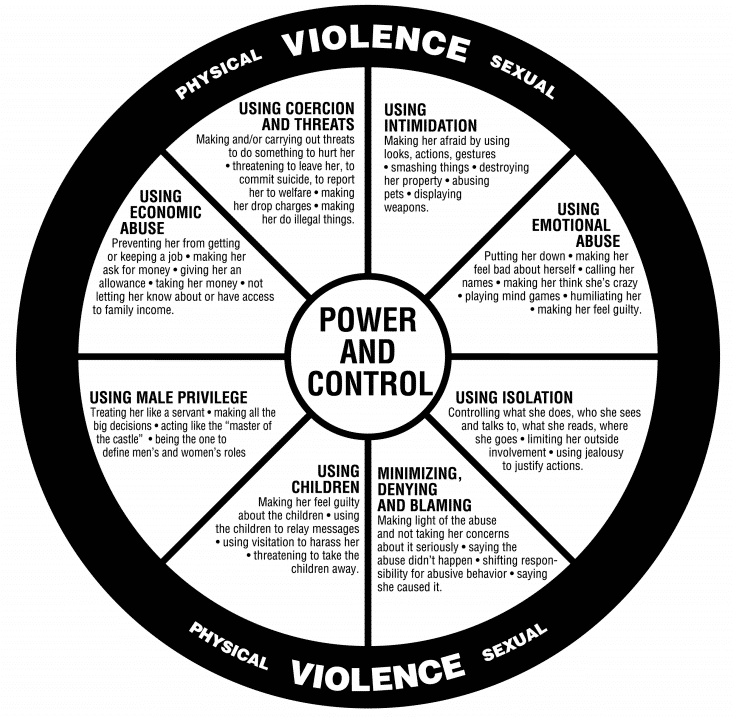Domestic Violence Intervention
How to help someone you know who may be in an abusive relationship:
- RECOGNIZE LISTEN empathetically. ASK about physical and emotional abuse
- RESPOND ACCEPT and validate. DOCUMENT and maintain confidences.
- REFER CONTACT law enforcement if necessary. CALL resources (like AVDA at 713.224.9911) for help.
THE DO’S:
- LISTEN
- VALIDATE by saying “I believe you” and “You don’t deserve this” as frequently as you can.
- MAINTAIN confidentiality.
- REFER the survivor to a professional and offer to accompany him/her.
- DOCUMENT what the survivor tells you.
THE DON’TS:
- GIVE ADVICE.
- JUDGE.
- OFFER MEDIATION as a solution.
- QUESTION his/her story or experience.
Violence in the Greater Houston Area
Unfortunately, family violence is on the rise in Houston.
- Domestic violence crime is up 40% in Harris County since the pandemic began, which includes 17 people killed by perpetrators out on multiple felony bonds.
- By the end of August 2021, Houston saw an increase in domestic violence-related homicides of 78 percent from 2020 during the same period.
- Domestic violence-related homicides were at a greater percentage of total homicides as compared to 2020 during the same period.
- In 2021, domestic violence crimes by firearm has increased by 21 percent over 2020.
Reported violence in Texas
Annually, the Texas Council on Family Violence identifies men and women killed by their intimate partners to both honor their memories and raise awareness. We hope this review elevates community conversations, collaborations, and commitment to domestic violence prevention and intervention strategies.
In 2020, the conditions of the coronavirus pandemic increased isolation and economic stressors that compounded the impact of abuse, including frequency and severity of violence. TCFV documented the highest number of intimate partner homicides in the last decade; 228 men and women were killed by their intimate partners. Intimate partner homicide perpetrators also killed 31 family, friends, and bystanders and injured 17. The majority of homicides were committed by a perpetrator with a firearm.
Domestic Violence - A Broader Look
How often is the hotline used? The NCADV reports that, according to a 2013 survey, “On a typical day, there are more than 20,000 phone calls placed to domestic violence hotlines nationwide”
Who are the victims? Both men and women are victims of domestic abuse, although women are more likely than men to experience domestic violence. The National Domestic Violence Hotline reports that 1 in 4 women and 1 in 7 men in the U.S. “have been the victim of severe physical violence by an intimate partner.”
How many victims? Estimates for the yearly total of victims of domestic violence range from 10 million a year to 12 million a year — that’s roughly 20 people every minute, reports the NCADV.
What about children? Children who live in a home where domestic violence occurs are also victims. According to Safe House, “more than 3 million children witness domestic violence in their homes every year.” Growing up witnessing domestic violence can have detrimental effects on children’s’ emotional and physical development.
The Ultimate Tragedy
Each year, the Texas Council on Family Violence compiles a list of the women killed by their male intimate partners in Texas. TCFV collects the victim’s personal stories from newspapers and other sources so each story can be told.
Click Here to read more.
Signs of an Abusive Relationship
There are many signs of an abusive relationship, including when an intimate partner:
- Hurts or threatens to hurt you;
- Criticizes or humiliates you;
- Creates fear and intimidation;
- Acts jealous or controlling;
- Threatens to hurt or take the children away; and
- Tries to limit time with family or friends.

Teen Dating Abuse Facts
- Violent behavior typically begins between the ages of 12 and 18.
- One in three adolescents in the U.S. is a victim of physical, sexual, emotional or verbal abuse from a dating partner, a figure that far exceeds rates of other types of youth violence.
- One in 10 high school students has been purposefully hit, slapped or physically hurt by a boyfriend or girlfriend. Nearly 1.5 million high school students nationwide experience physical abuse from a dating partner in a single year.
- Girls and young women between the ages of 16 and 24 experience the highest rate of intimate partner violence — almost triple the national average.
- College students are not equipped to deal with dating abuse – 57% say it is difficult to identify, and 58% say they don’t know how to help someone who’s experiencing it.
- One in three (36%) dating college students has given a dating partner their computer, online access, email or social network passwords, and these students are more likely to experience digital dating abuse.
- Nearly half (43%) of dating college women report experiencing violent and abusive dating behaviors while one in six (16%) college women has been sexually abused in a dating relationship.
